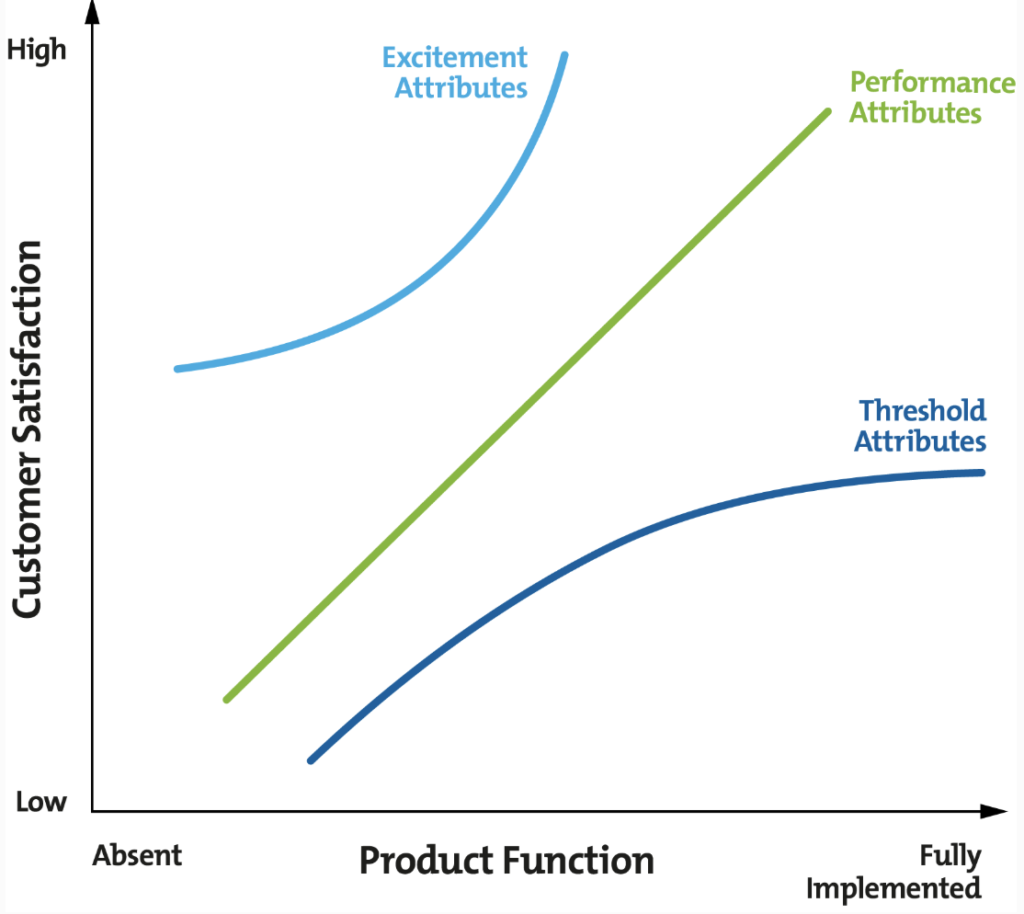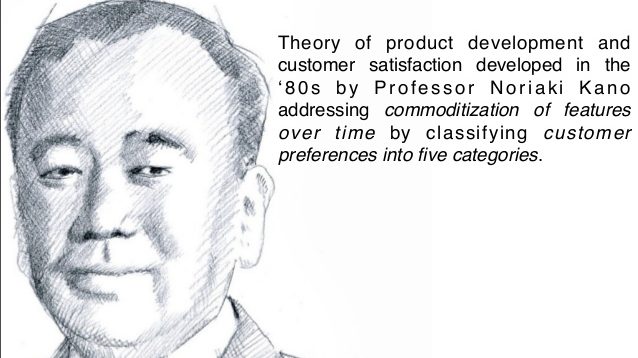Enjoy dynamic listening on the go—this podcast, AI-generated for your convenience, is perfect for driving, commuting, or waiting in line!
When it comes to define a product or service and align it with the consumer requirements, it is very useful to focus on their characteristics or features, according to Kano model‘s categories.
This model was published in 1984 by Dr Noriaki Kano, professor of Quality Management at the Tokyo University of Science. Its core concept is based on the assumption that a product or service is not only a set of functionalities. It is also about consumers’ emotions.
Basically, the Kano model forces you to think about how to relate the products or services to the consumers’ needs.
The model assigns three types of attribute (or property) to products and services:
- Basic attributes or features (Threshold)
- These are the basic features that customers expect a product or service to have.
- Satisfiers attributes or features (Performance)
- These elements are not absolutely necessary, but they increase a customer’s enjoyment of the product or service.
- Delighters attributes or features (Excitement)
- These are the surprise elements that can really boost your products or services. They are the features that customers don’t even know they want, but are delighted with when they find them.

The Kano model is very useful to keep the backlog focused on improving the product or service following the new demand trends, which in turn, means boosting your Findability.
